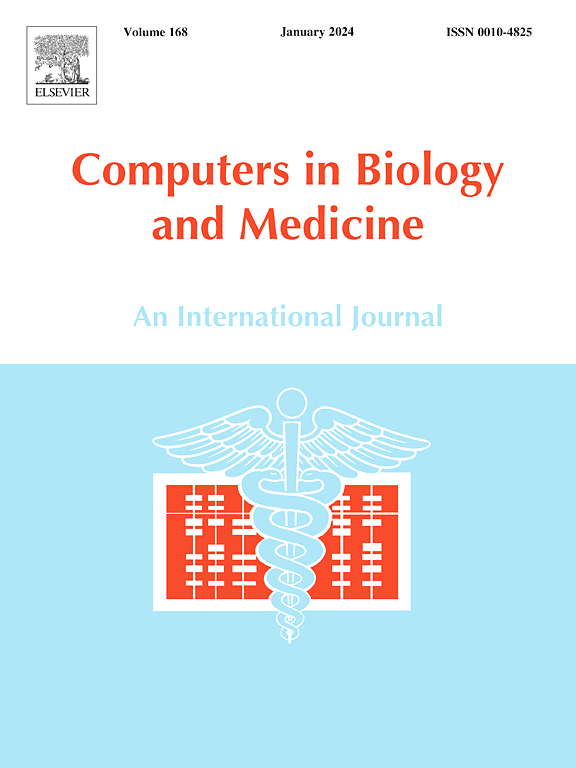Integrating lightweight convolutional neural network with entropy-informed channel attention and adaptive spatial attention for OCT-based retinal disease classification
IF 7
2区 医学
Q1 BIOLOGY
引用次数: 0
Abstract
This article proposes an effective and lightweight contextual convolutional neural network architecture called LOCT-Net for classifying retinal diseases. The LOCT-Net adopts nested residual blocks to capture the local patterns from the optical coherence tomography brightness scans and facilitate gradient flow throughout the network. The multi-scale feature enhancement module incorporates dilation-integrated depthwise strip convolutions to extract fine-grained contextual patterns with an expanded receptive field and a gating mechanism. The extracted features are then refined by a novel feature refinement network consisting of the entropy-informed channel attention module, followed by the adaptive spatial attention module. The entropy-informed channel attention module uses the frequency distribution of pixel values to compute attention weights for spatial analysis. The adaptive spatial attention module focuses on relevant clinical regions and further refines the feature maps in a multi-kernel setting. Additionally, post-explainable artificial intelligence methods are used to provide explanations of LOCT-Net’s decision-making and predictions. The LOCT-Net model has been evaluated on six benchmark datasets, demonstrating an efficient balance between performance and computational cost. With just 2.32 M trainable parameters, the proposed model addresses key challenges in retinal disease classification tasks using OCT B-scans and surpasses previous state-of-the-art methods, achieving an F1 score of 92.98%, 92.34%, 100%, 99.58%, 94.50%, and 97.14% in the OCTID, OCTDL, DUKE, SD-OCT Noor, NEH, and UCSD datasets, respectively.

求助全文
约1分钟内获得全文
求助全文
来源期刊

Computers in biology and medicine
工程技术-工程:生物医学
CiteScore
11.70
自引率
10.40%
发文量
1086
审稿时长
74 days
期刊介绍:
Computers in Biology and Medicine is an international forum for sharing groundbreaking advancements in the use of computers in bioscience and medicine. This journal serves as a medium for communicating essential research, instruction, ideas, and information regarding the rapidly evolving field of computer applications in these domains. By encouraging the exchange of knowledge, we aim to facilitate progress and innovation in the utilization of computers in biology and medicine.
 求助内容:
求助内容: 应助结果提醒方式:
应助结果提醒方式:


